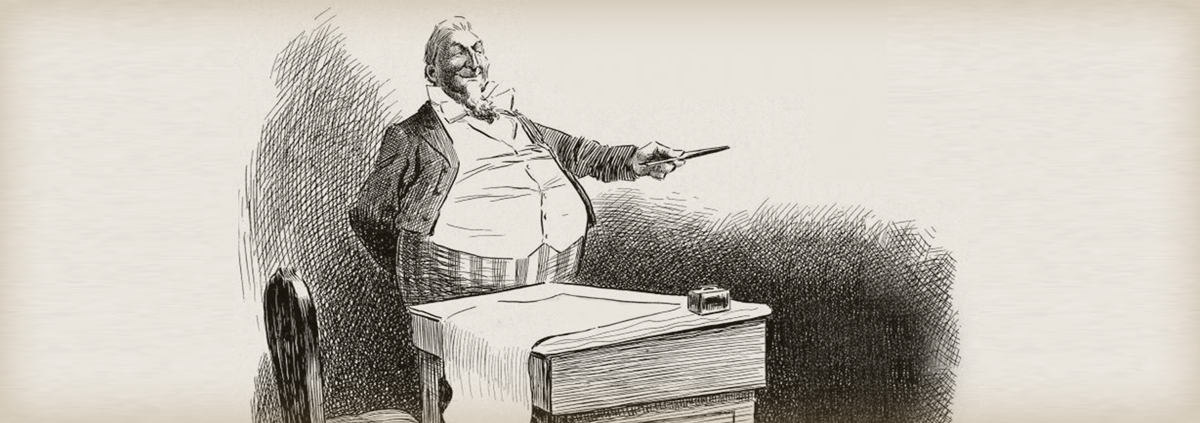How Are You Fixed for Axungia Hominis?
When the title of any article is written in Latin, you might think that what follows is probably complicated. How about if you knew that Axungia hominis simply means “human fat”? What follows isn’t complicated but it sure is surprising—at least it was to me. I read an excerpt from a forthcoming book I’m adding to my reading list; it’s titled Fat: A Cultural History of the Stuff of Life by Christopher Forth PhD. It explores human fatness over the ages.
For the Memos this week, I’m going to focus on human fat from a different perspective: medicinal qualities. Medicinal qualities? Yes. That was the belief from the 16th century through the middle of the 19th century according to Forth.
The first question has to be: how did they collect human fat to use as medicine? From corpses, of course. An entire industry was developed to collect human fat, and getting it from the recently deceased was a logical source. Battlefields also provided many recently deceased corpses from which to collect fat. What surprised me was the entrepreneurial spirit of the executioners during those times; they were compensated for the hangings or beheadings and then sold the fat that was harvested from the bodies.
That’s enough gross stuff for today. What exactly made the fat so valuable? What was it supposed to be able to do? I’ll cover that on Thursday.
What are you prepared to do today?
Dr. Chet
Reference: Christopher Forth PhD. 2019. Fat: A Cultural History of the Stuff of Life.









